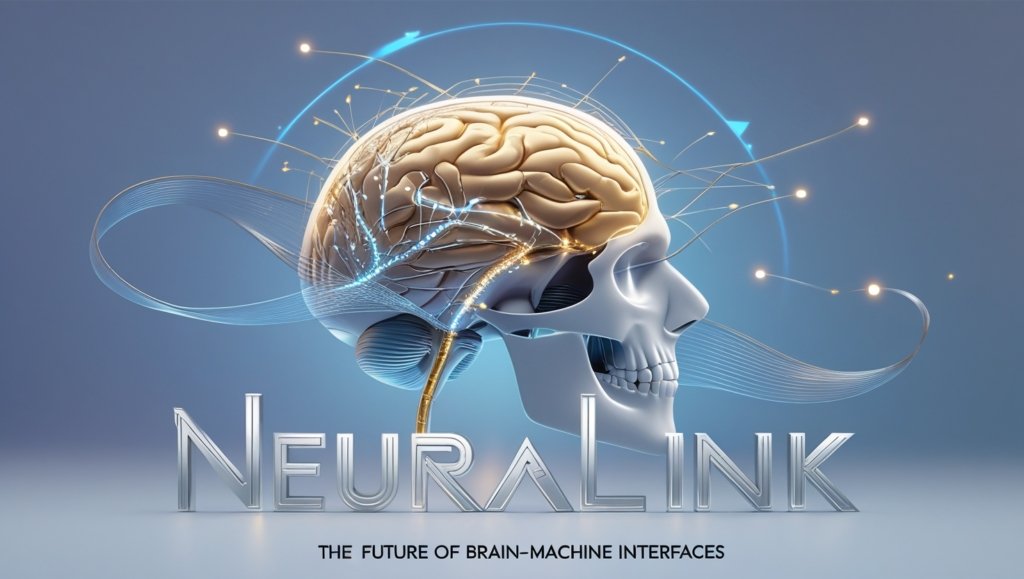Introduction to Brain-Machine Interfaces
In recent years, the development of brain-machine interfaces (BMIs) has gained significant attention. These technologies connect the brain to external devices, providing insights into the potential of enhancing human abilities. Neuralink, a pioneering company in this field, seeks to revolutionize how we interact with machines.
Neuralink’s Groundbreaking Advancements
Neuralink envisions a future where brain-machine interfaces allow seamless communication between humans and technology. Its innovative approach includes implantable devices that can decode neural signals. This could pave the way for advanced applications, such as restoring mobility in paralyzed individuals and offering new treatments for neurological disorders.
The Implications and Ethical Considerations
As Neuralink and other companies progress with their brain-machine interface projects, ethical considerations must be addressed. The capacity to merge human cognition with technology raises questions regarding privacy, autonomy, and the potential for misuse. These factors need thorough exploration to balance innovation with ethical responsibility.
In conclusion, the future of brain-machine interfaces, particularly as envisioned by Neuralink, holds tremendous promise. As we approach this new frontier, it is crucial to weigh the benefits against the challenges to ensure a safe and equitable integration of technology with human life.


